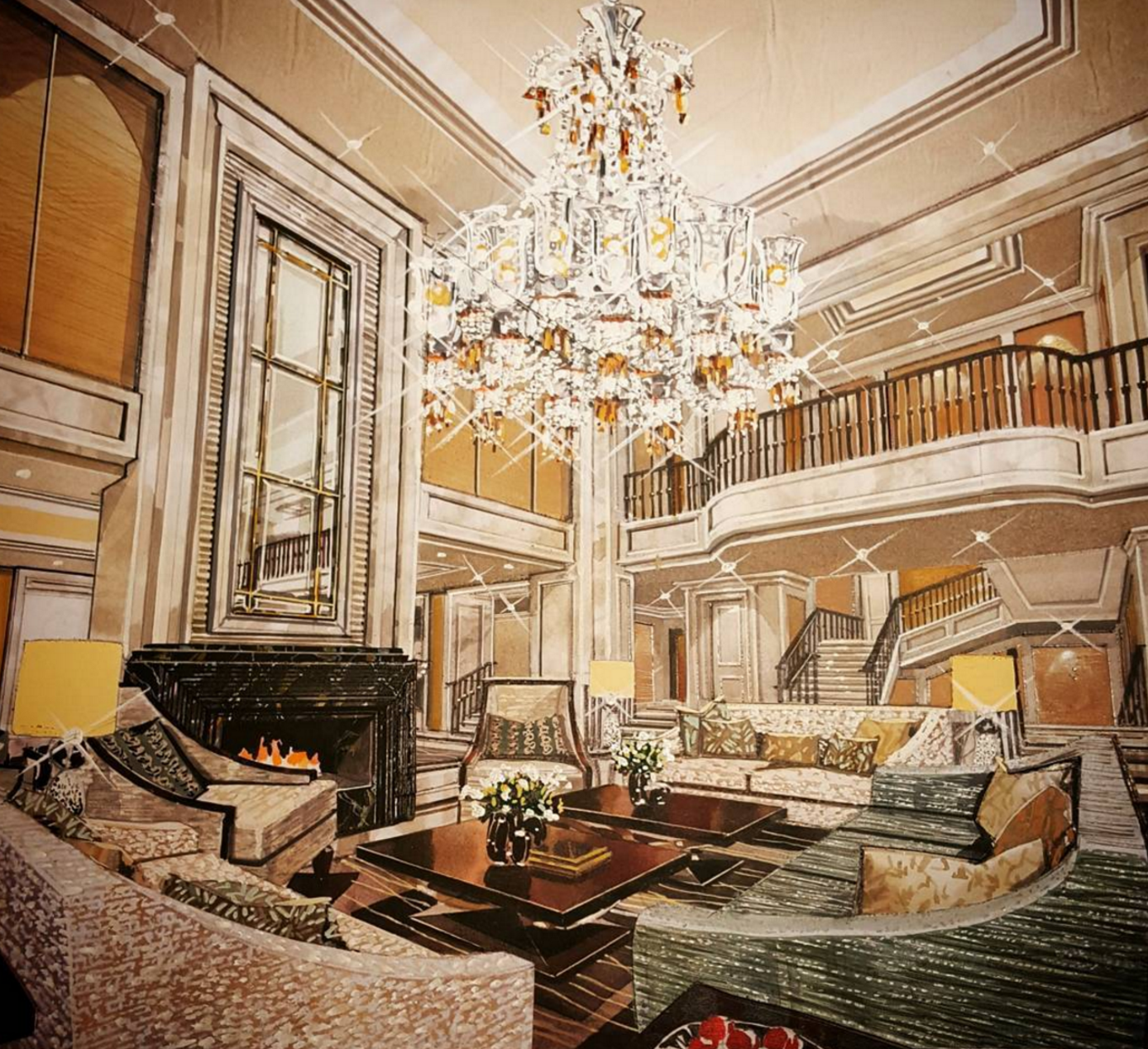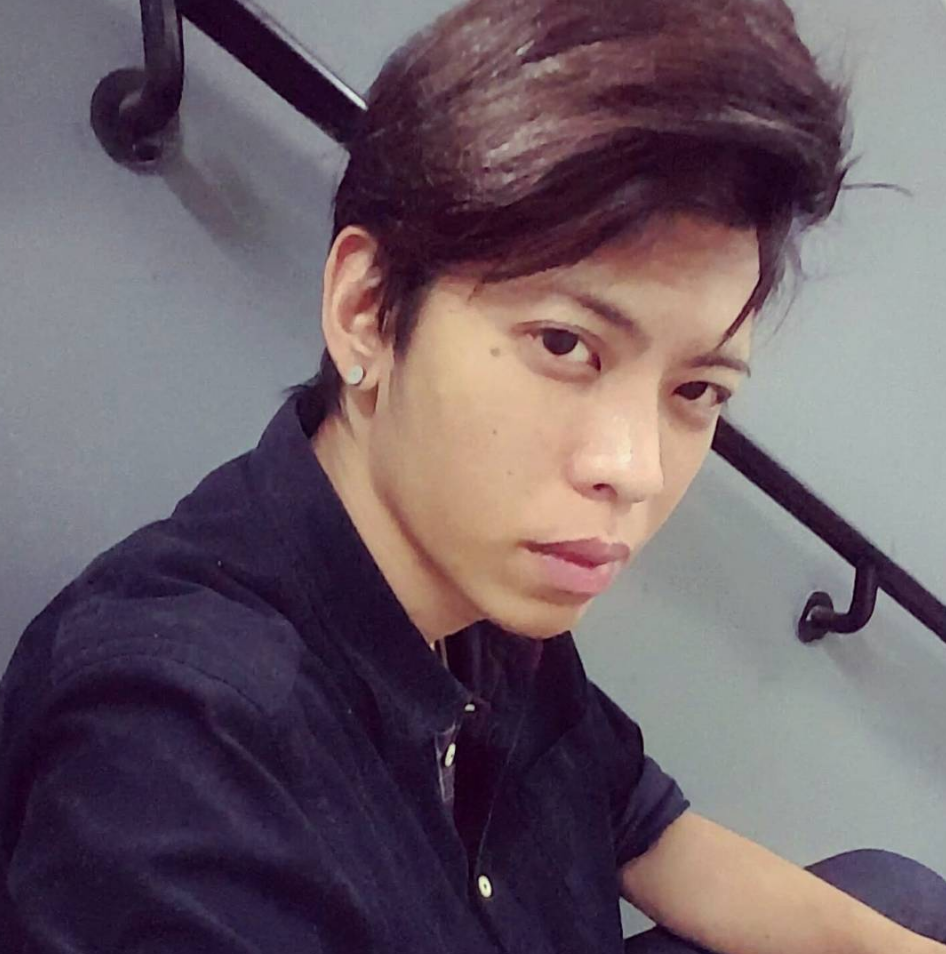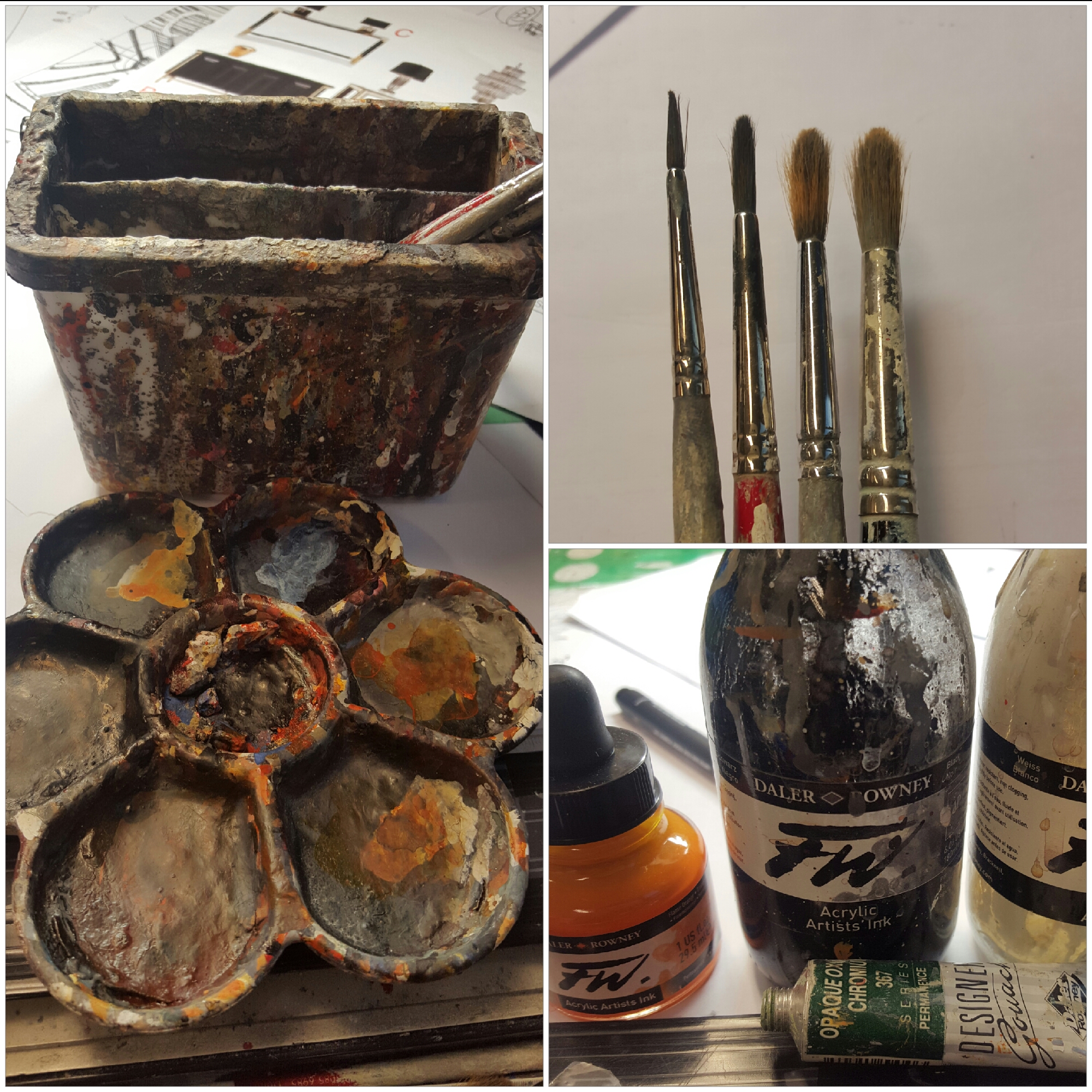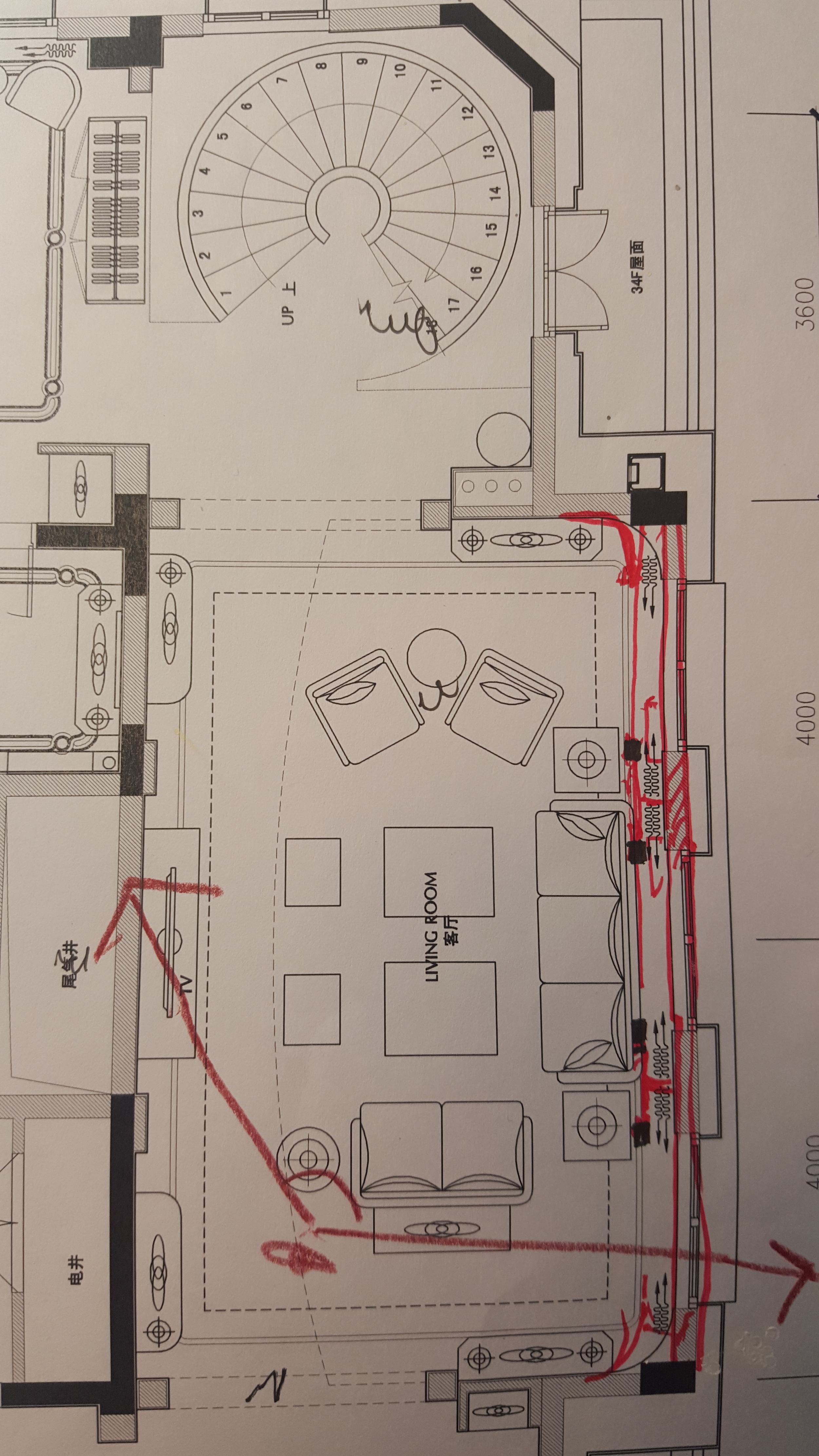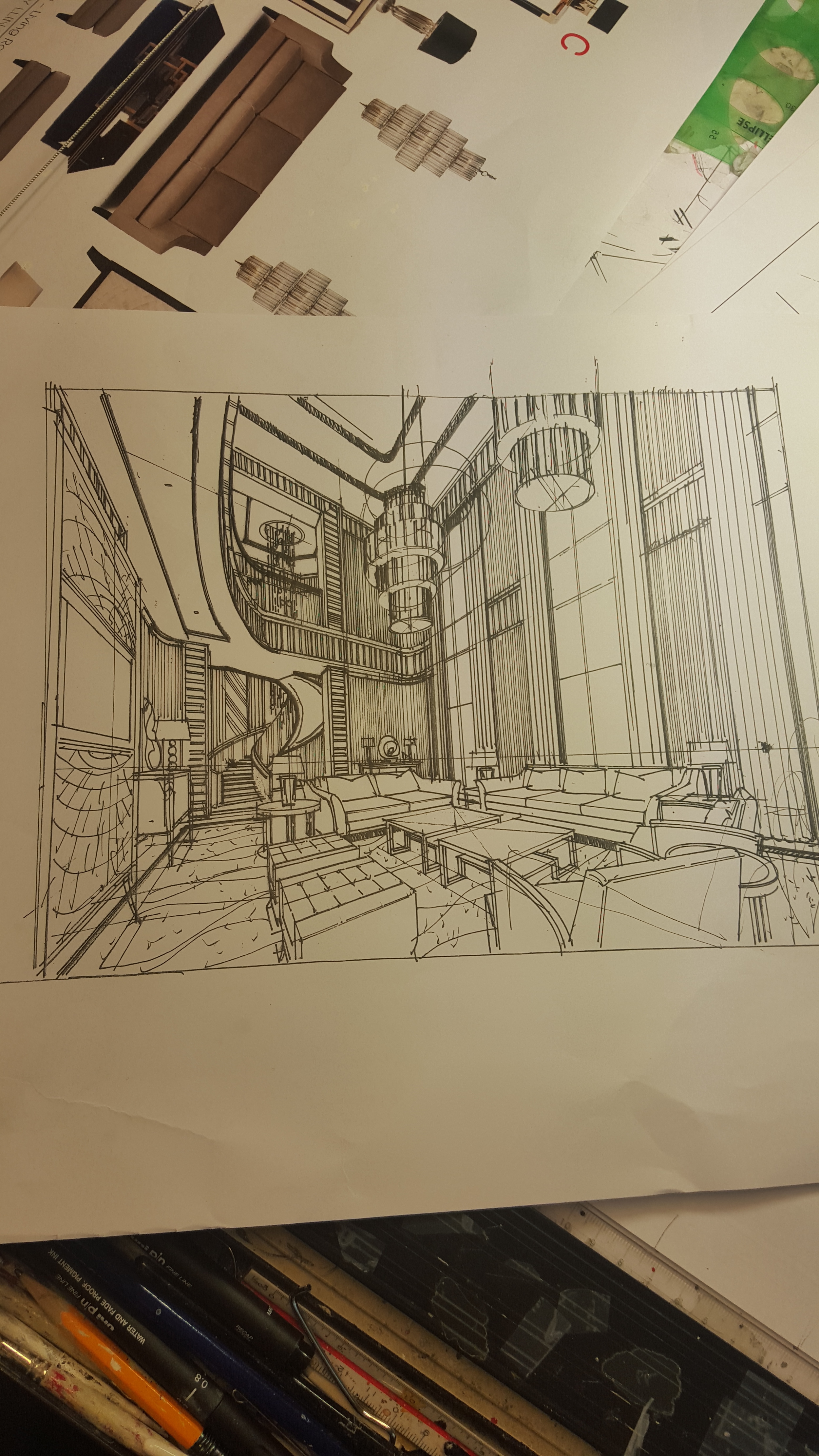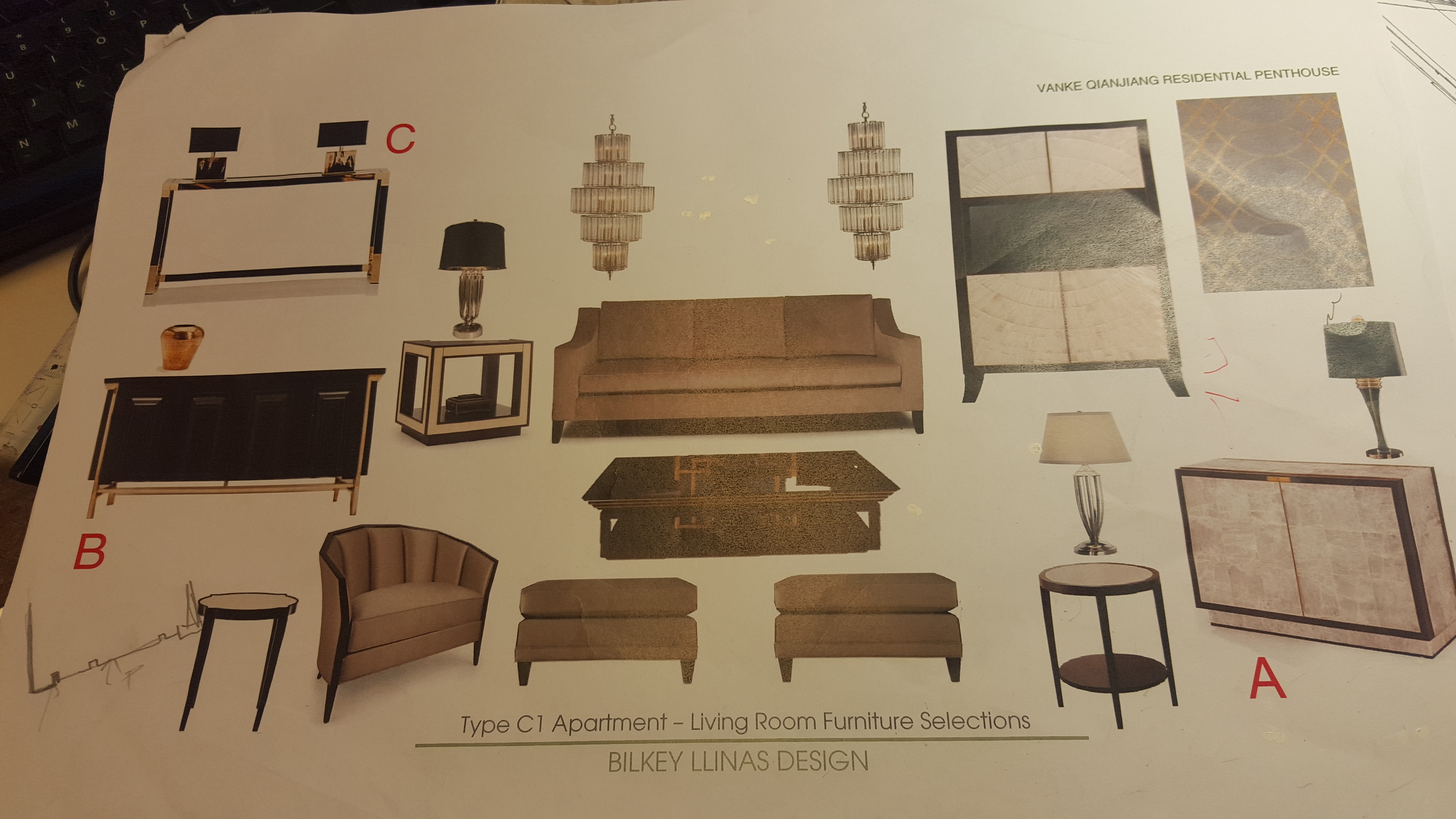FIRST IMPRESSION FROM his HAND RENDERINGS IS «WOW», AND AFTER IT COME QUESTIONS «HOW ON EARTH HE DID IT?», «IS IT HAND RENDERING ONLY OR DOES HE USE ANY COMPUTER PROGRAMS FOR GENERATING PERSPECTIVE AND LIGHT EFFECTS?», «IS IT WATERCOLOR AND WHITE TEMPERA FOR DETAILS OR MAY BE COLORED INK?», «HOW LONG DOES IT TAKE TO CREATE ONE PIECE?», «AND HOW LONG DOES IT TAKE TO LEARN TO DRAW LIKE THIS? LOOKS LIKE THIS MAN HAVE BEEN DRAWING AAAALLL HIS LIFE…» SO YOU SEE MANY QUESTIONS ARISE, AND I BELIEVE THIS INTERVIEW WILL REVEAL SOME SECRETS OF apisit Chuldecha's HAND RENDERING «MAGIC KITCHEN».
Name: Apisit Chuldecha
Born: 30 July 1978 in Bangkok, Thailand
Education: 2004, B. S. degree Fine Art (interior design), Silpakorn University Bangkok Thailand
Work: Design Basis Ltd. Singapore. Interior Designer, 2003-2004
Wilson Associates Singapore. Senior Interior Designer, 2004-2008
Bilkey Llinas Design Hong Kong. Senior Interior Designer, 2009 - present
Instagram: @chuladecha
Website: www.bilkeyllinas.com
1. Olga Sorokina (O. S.): My first question is all about your technique and materials that you use. I guess a lot of people (and I noticed it in your Instagram) ask you similar questions. Could you please tell us in this interview and answer this kind of question once and for all. What color ink or may be watercolor do you prefer, which brushes are your favorites, which liners, what kind of paper and its size do you select?
Apisit Chuldecha (A. C.): Basically for almost all of my works I use «DALLER ROWNEY FW. Acrylic Artists Ink», and sometimes I use Watercolor. Acrylic Ink and Watercolor imply painting by brush, both of them are water-techniques, but the difference between them is the time they consume.
When you are painting by «Acrylic Artists Ink», it dries very slowly, and once it dried the color drops one tone down, so that you may need to paint it again adding the next layer until you feel it is the right color. You can paint Ink color over and over again, as many layers as you need, but make sure it has already dried before painting the next layer. It is very slow and time-consuming process in comparison with Watercolor technique, but it is very easy to fix or change the tone or even alter the color itself after finishing your work.
As for the Watercolor, it is not as waterproof as Ink color, but it gives the right color from the beginning, I mean the color you get before painting will look exactly the same way on paper after it has dried (moreover it’s not as time-consuming as Ink and it could be one short paint to finish). But it is impossible to change anything at all after Watercolor has dried on the paper, and also you have to always take care that your work is away from water.
The point is that both techniques have their own advantages and disadvantages. At the same time, it depends on what kind of work you are doing, what style you are using and how much time do you have. So my works are finished by Ink Color mainly because this technique is more appropriate for interior design industry where you have to take into account many things and it is usually rather long process to change design. Ink Color can give you more possibilities to change things that matter in design.
The brush for me is not a big deal, I concern only about the fix number of sizes that I always must have, typically I need for my work at least 4 sizes: No 1, No 3, No 6, and No 10. I can use any Brand, so I prefer cheap ones for they can replace an old set after finishing a rendering (one set of brushes per one rendering).
Paper: I use marker paper which is very thin and a bit transparent. The reason is mainly because this marker paper can be seen through so that I can draw a line by pencil using the rough ink sketch by placing the marker paper on it. After finish drawing lines with details by pencil, I stick my sketch on a cardboard by using spray glue. This can make your marker paper become very strong and ready to deal with water during painting process.
2. O. S.: Please briefly describe your process of creating hand rendering from the very beginning to the end (and how long does it take), for example this one:
A. C.: Starting from the beginning the process takes about 3 to 4 days if everything is ready and nothing changes about design and material; this example took 4 days of rendering.
The process starts once you have enough design information (at least Layout Plan and the Ceiling Hight).
My steps in hand rendering:
Select the best view based on the Layout Plan by marking the standing point. Set up the sketch showing the view based on the right proportions and standard sizes of furniture plus the hight of the space based on the Ceiling Hight information. So you have the right view on the sketch with the positioned furniture (I call this Black and White Block Out sketch).
Next step: you should go ahead with more details, as much as it should be according to the design (furniture selected, floor, wall, ceiling, design pattern, lighting, elevation). Then use the Block Out sketch as the basic framework by placing it on the table, then place maker paper on it. Now you can see the Block Out sketch through the marker paper and able to draw more details by pencil (I call this Pencil Line Work Details).
This process should take about 8 hours.
So we have:
1. Black and White Block Out sketch
2. Pencil Line Work Details
The next step is all about the color and the materials. I use Pencil Line Work Details as a basis and then insert on it all information about materials and colors. Once this step is done we can start painting. The painting process usually takes around 2 more days up to finish.
3. O. S.: I noticed that you create primarily night views with electric source of light and I have seen only few drawings in daylight on your Instagram. Why is that? Do hand renderings with night illumination look more effective?
A. C.: The reason to do rendering with night time scene is based on the reality of interior design purpose, moreover almost all of my works are about hospitality style (read «hotels») and dealing with light fixture. Night time scene is the easiest way to bring out the potential from each light fixture and to emphasize lighting design for the whole space. This allows to provide the feeling of elegancy from each object and materials such as diamond, crystal, gold, polish steel or any source of sparkle that needs light to increase its value. The reason to do rendering with daylight is based on the design purpose as well. Some projects need to get the benefit of daylight as it helps to present better their design, for example the view of exterior such as beautiful landscape, garden, beach, sea or sky. These are always important elements for the open spaces of interior-architecture projects such as resorts, open restaurants, interior gardens. So daylight or night time, what to select depends on the purpose of the design, not on rendering.
4. O. S.: If you finished your hand rendering and client wants to make some changes in the design - how do you deal with it? Do you use Photoshop, make changes in the finished drawing or start it again?
A. C.: This always happens so it is not a big deal and no need to redo from the zero again. So the way to introduce changes is to draw only the part you have to change by pencil on the marker paper and then spray the glue on this part to stick it where you want it on the sketch and after paint it over again.
“Start to collect pictures of the places you like and copy them on paper whatever way you like by hand. A lot of new techniques are waiting for you to be discovered.”
5. O. S.: Could you please share your inspiration sources, what are they? I’ve noticed your passion to the bonsai art, cats and watches, please tell more about it.
A. C.: Bonsai Art for me is some kind of long-term class to learn how to be patient and how to accept unexpectable things that can happen due to the random essence of nature.
Cat is my friend. The watches keep reminding me of the reason why the world doesn't want things to be too perfect; if it wanted it, the majority of us would use digital watches.
6. O. S.: How do you see the future of hand rendering in interior design?
A. C.: Since the digital rendering has become the convenient way to support design industry it seems like it is pushing hand rendering into the frame of «silent art». However, I still think that if the most important point for all renderings is to represent something in the most realistic way, then the hand renderers (why not?) should pay more attention to make their renderings look more realistic in comparison with digital renderings. In my opinion, the main focus of rendering is to present something that is going to be the reality in the future, not now, so this is the crucial difference between renderer and illustrator.
Regarding the future of hand rendering: both types of rendering (hand and digital) are trying to do the same thing - to mirror the reality in the best way. But I think that in the future both rendering types will be undoubtedly more and more different. So this is the main question: how hand rendering can be more realistic than digital one? In reality every pattern in Nature is inherently not perfect, there are always some random errors without purpose. For example if you take a look at the marble grains, they all have something random inside, but still look like a pattern in general. Each piece of marble is unique and unrepeatable just like our finger prints can never be completely the same. Hand rendering reflects this essential concept of the Nature - there will be all kinds of random small errors in your drawing (sometime I call these «good mistakes»), we just need to skillfully control them and correct them if necessary.
The digital renderings seem too perfect due to 3D programs we use, for instance those patterns look unnatural in them. From the other hand, digital rendering can introduce some random errors with purpose to try to copy the error things in Nature, but that seems harder to make in comparison with hand rendering. But here is the point: if hand rendering will not progress and change during the next 20 years, it might fade away and be completely replaced by digital rendering for the interior design industry. However its value from artistic point of view will always be high.
7. O. S.: What one advise would you give for beginners in hand rendering?
A. C.: Start to collect pictures of the places you like and copy them on paper whatever way you like by hand. A lot of new techniques are waiting for you to be discovered.
Interview with Apisit Chuldecha by Olga Sorokina.
P. S. Please share this inspiring interview with your friends. Thank you!
